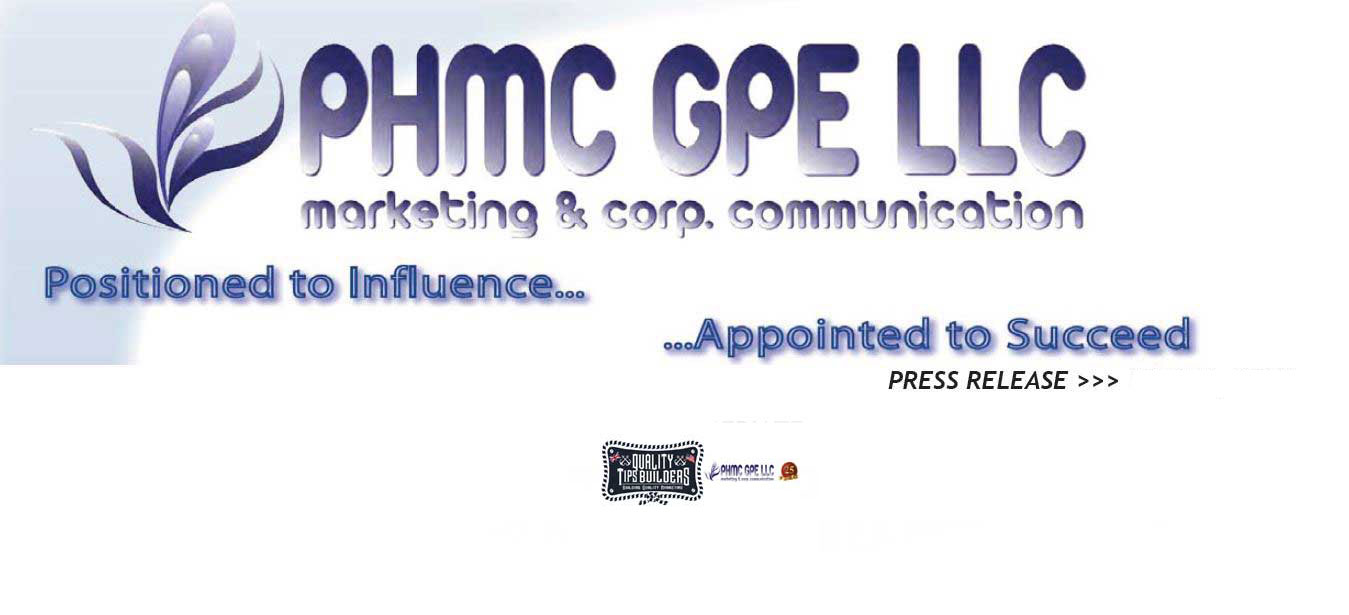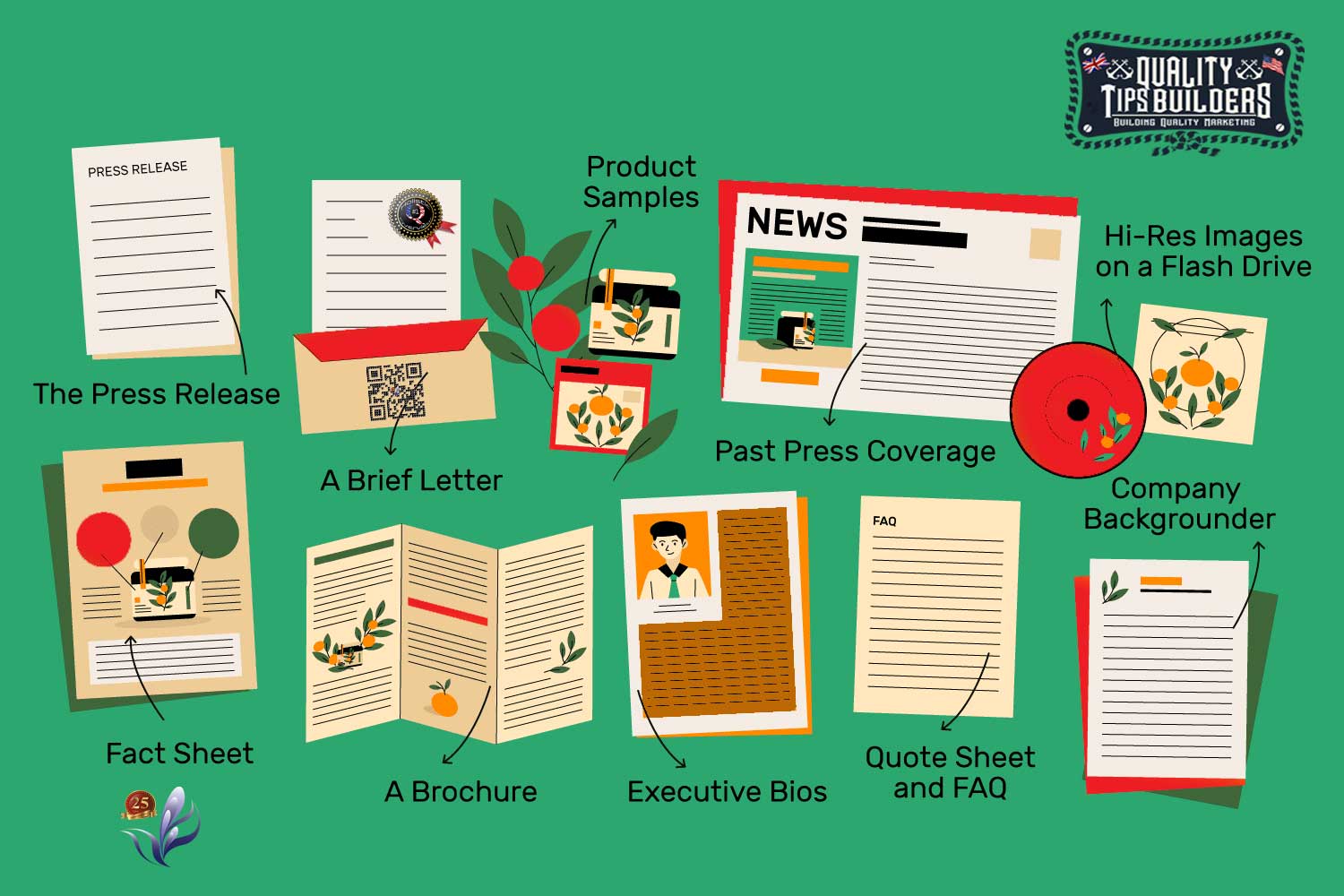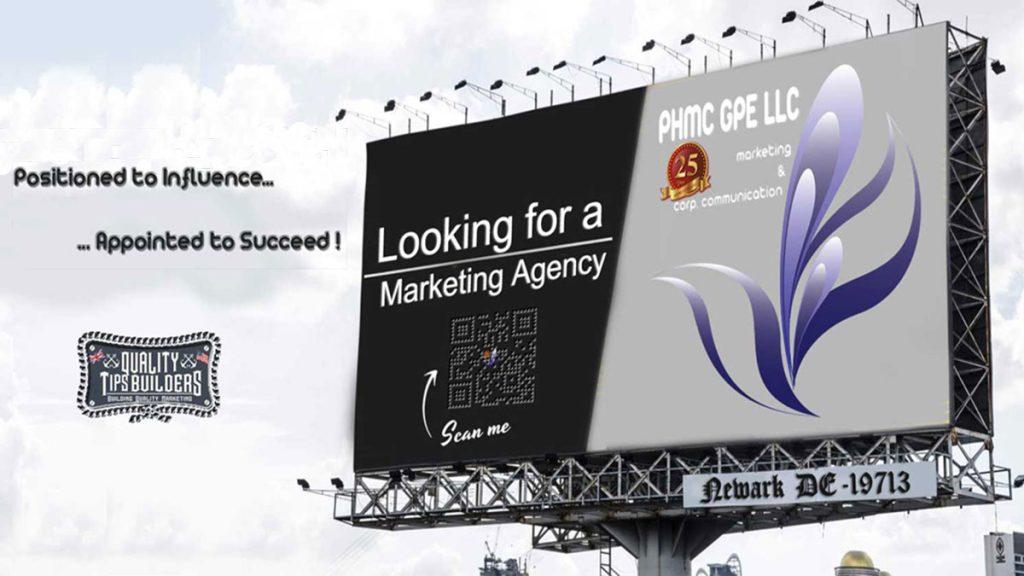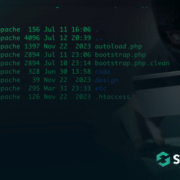Published on 04/16/2024 – Last Updated on 04/16/2024 by OTC
It’s the dream of everyone and every Entrepreneur to get their name in reputable Papers and Media.
Some useful advice will guide the media coverage of your Business to make this dream come true!
Communicating with the press will get your business talked about by the media. An essential tip: to get a journalist’s interest, you have to give them something unique. Something inspiring may be happening to you. For example, you may be providing a service to a known personality or launching crowdfunding to start or ensure the continuation of your business. You may be involved in a news event, for example, by participating in the International Day of …, etc. If you are, it’s a good time to contact the journalists!
How do you reach them and get them to talk about you?
Tip: prepare an appealing press release and be patient. You’ll have to send several reminders to the journalists: a single press release with no follow up will likely be quickly forgotten. Don’t give up!
THE PRESS RELEASE
You can get yourself known as a professional in your sector. The information you provide to journalists can’t be boring: create news that will be of interest. Sometimes just being from the region will do the trick. It’s usually easier to get in touch with local journalists who provide a good introduction to the media if you’ve never dealt with journalists before.
Regardless of what happens, be sure to highlight the specificity of your project/concept in your press release. You’ll have to work on your pitch, on what makes you different, before you start writing your press release.
Here are a few tips for writing an effective press release:
- One press release = one message: stick to this rule and don’t lose the journalist along the way. Don’t write more than an A4 page (about 1,500 characters). Be concise and design an effective layout.
- Finding a hook is very important: the subject of the email must be catchy (drop “press release” from the subject). If something catches the journalist’s eye, they’ll open your email.
- Your press release has to appeal from the first word on, so that the journalist continues to read what you have to say. You have to be brief and get straight to the point in the first five lines by answering the 5 W’s. The further the journalist gets, the more they need to feel that they need more information.
- It’s essential that you make them want to get in touch with you (of course, don’t forget to provide your contact information).
- Play the local angle: it’s YOUR story which takes place in YOUR region. Contact journalists who work close to the location of your business.
- When you communicate with the media, remember that you’re providing information -> don’t do any advertising (you won’t be successful if you are too focused on sales).
- When you introduce yourself, don’t be too humble, but be sure not to oversell yourself and promise the world. You have to be persistent and sure of yourself!
- Make the journalists’ life easier by getting straight to the point: they are your first readers. Start with a catchy lead-in (short introductory text).
- Be complete, accurate, clear and, especially, ask the journalist to contact you for more information and provide your contact information.
Attach a copy of your press release to your email. The body of your email will include the lead-in and your contact information as well as the strong points of your message in a condensed format (for example, in bullet point format).
Lastly, don’t forget to add visuals, external resources (video, links to your online media) which will make the reader want to explore your world further.
THE IDEAL STRUCTURE
Make it easy to read:
- Good titles/subtitles: short, direct and simple
- Original, factual and impartial
- Think of the audience
- Tell a story
- Find a news angle
- No direct advertising
Writing tips:
- Date, illustrate
- The title and any subtitles are important; lively style
- Think of a hook: “Lead-in”
- Think “identification”, about a potential local angle
- Get to the point: precise, complete, and factual. Who, What, Why, Where, For whom? etc.
- A single topic per press release
- Popularize as much as possible
Don’t forget:
- Add links, sources, information for the audience: price, memberships, if any, etc.
- Provide the direct telephone number (mobile) of the press contact or of the person authorised to give information
- Illustrate, if applicable
- List available photos (link to a virtual library)
- The press release has to give enough information for the journalist to write an article or interview
THE INTRODUCTION TO THE PRESS RELEASE
The text of the introduction email for the press release you send is as important as the press release itself. It should, of course, be much shorter. Its purpose is to summarize the content of the press release and, especially, to arouse the journalist’s curiosity.
Some writing tips:
- Introduce the text, start a dialogue
- Send the press release as an email attachment. Focus on both form and content. Watch your spelling
- Send the email to yourself; BCC your emails
- Don’t send too much at once
- Personalize certain correspondence
- Try to send HD photos (add as attachments, in Web format or for download)
Choose the best mailing time!
When should you contact editors? There isn’t really a bad time, but…
Journalists are like you and me:
- Morning (between 7:00 am and 10:00 am depending on the type of outlet) is usually editorial meeting time when the journalists decide on the topics they will cover
- 12:30 pm -1:30 pm = lunch break
- Monday = read the weekend emails
- Friday = not as sharp
GETTING JOURNALISTS’ CONTACT INFORMATION
To find contacts, look for the names of journalists who sign their articles in the press, in sections related to your business.
The email hook can then be “I read your article…” (explaining why you are contacting them based on what you know about them): you can continue by saying you can provide something on the same topic. You are accomplishing two things at once: offering a newsworthy topic that will be of interest to them and flattering them by referring to one of their articles. The journalist will be tempted to explore further.
This approach can also be used for digital articles of the media you are targeting. Also see the “Contact us” and “About” sections of the digital media to find the main editorial contact information. This information is always useful to know and you can already start to contact journalists this way.
Lastly, once you’ve found an email address for a given outlet, its often easy to figure out other addresses, for example: mdupont@monmedia.xxx. The structure is simple: the first letter of the person’s first name with their full surname, then the website extension.
Another useful tool: check the directory of freelance journalists. This way you can reach journalists that work for different media groups and select them based on their field.
***
For More and moving ahead…
Talk to PHMC GPE Team !
Discover More:
What is a Press Kit and How to create an efficient one?
***

















Comments